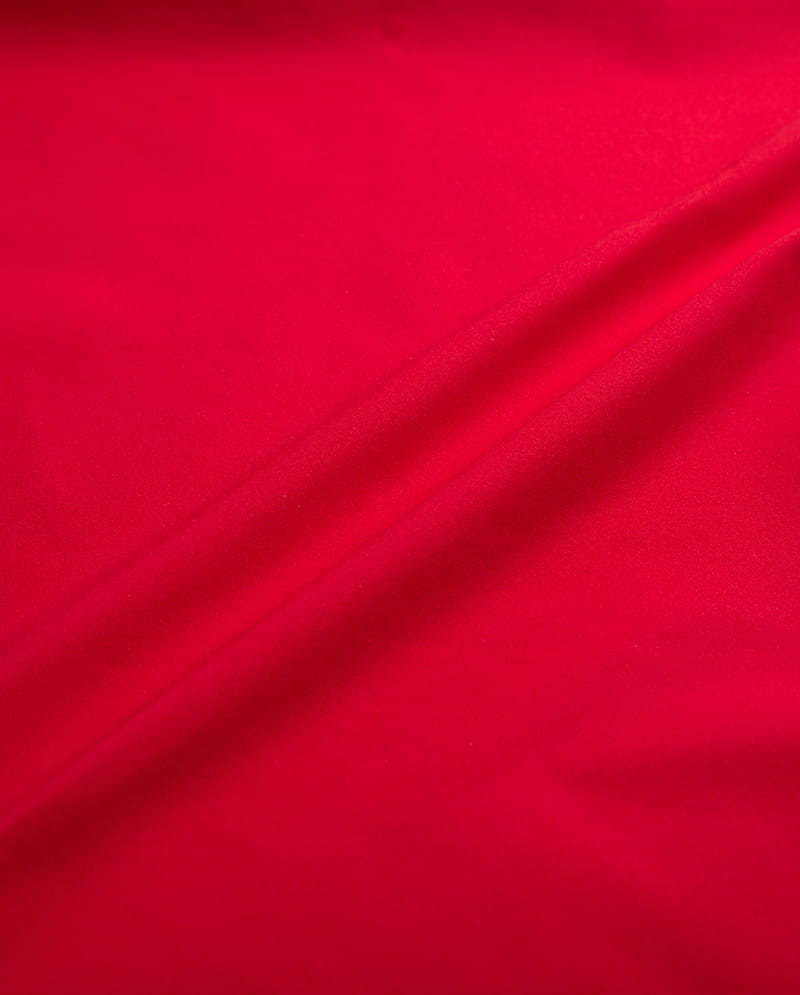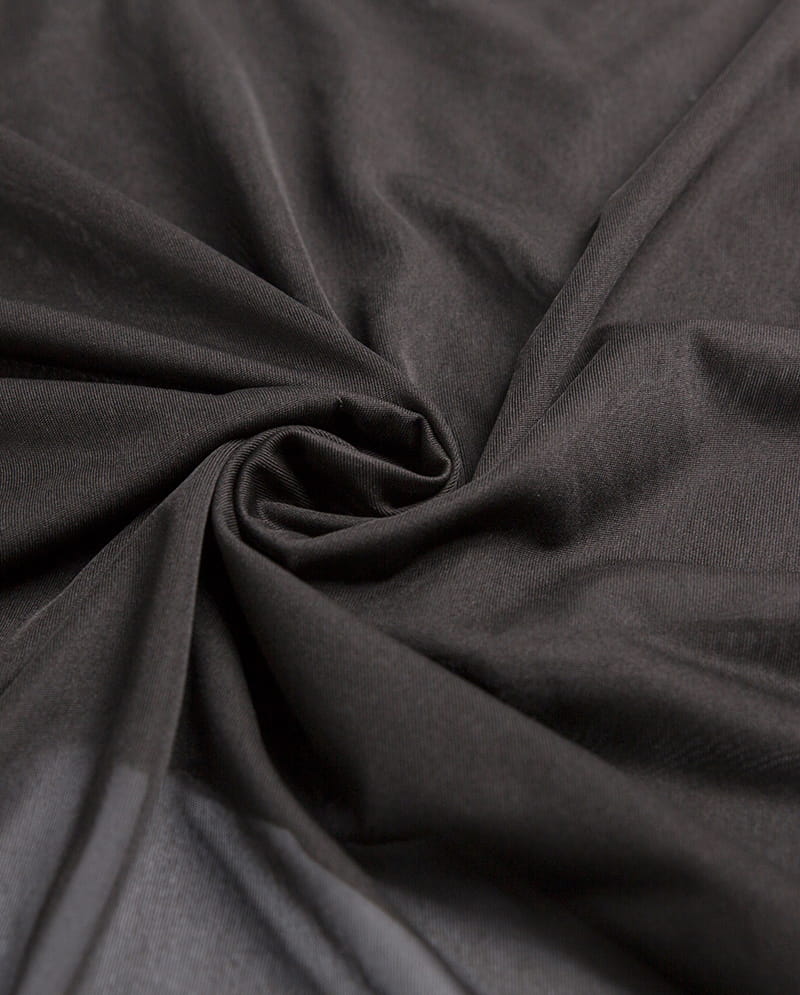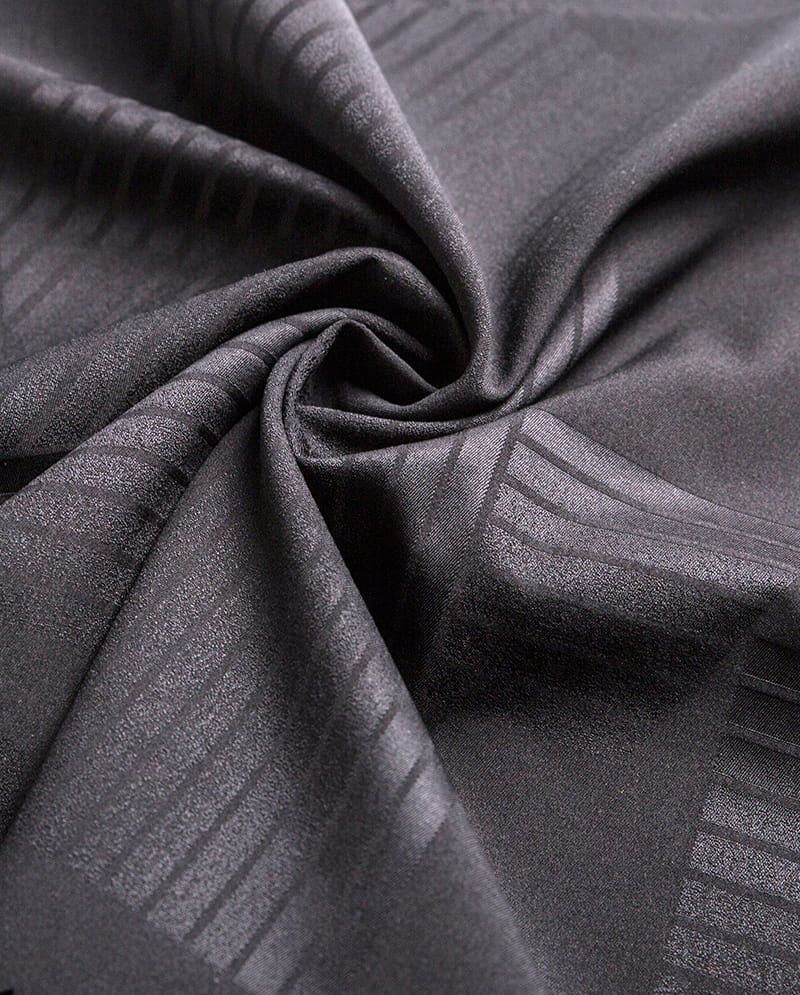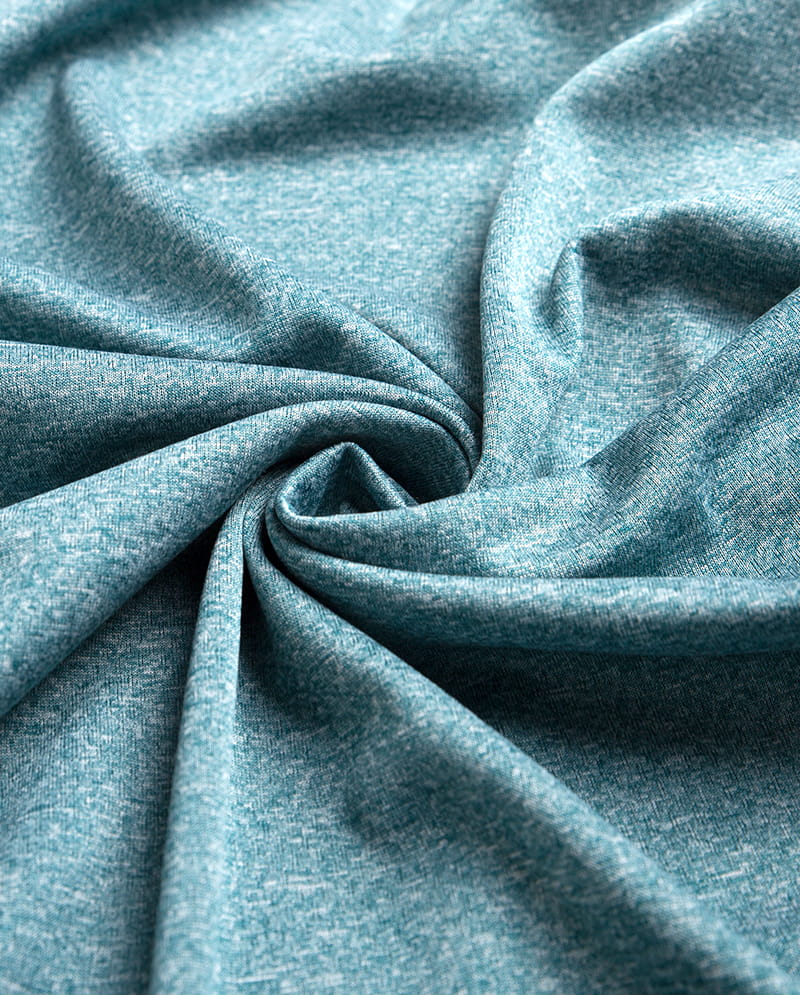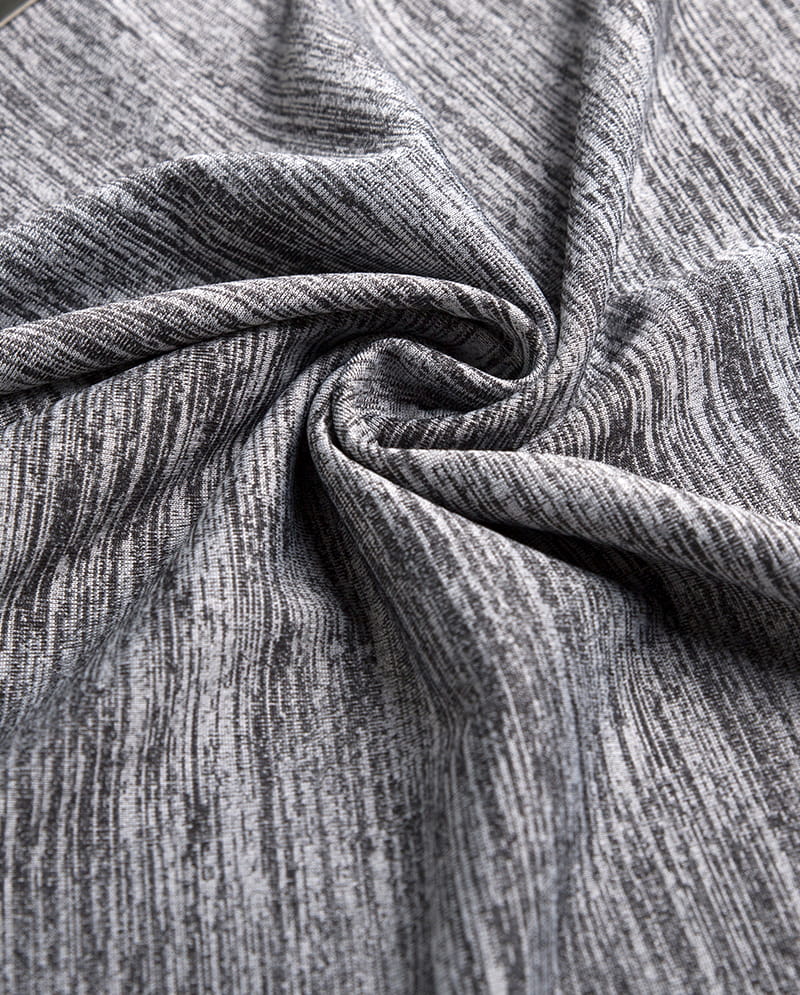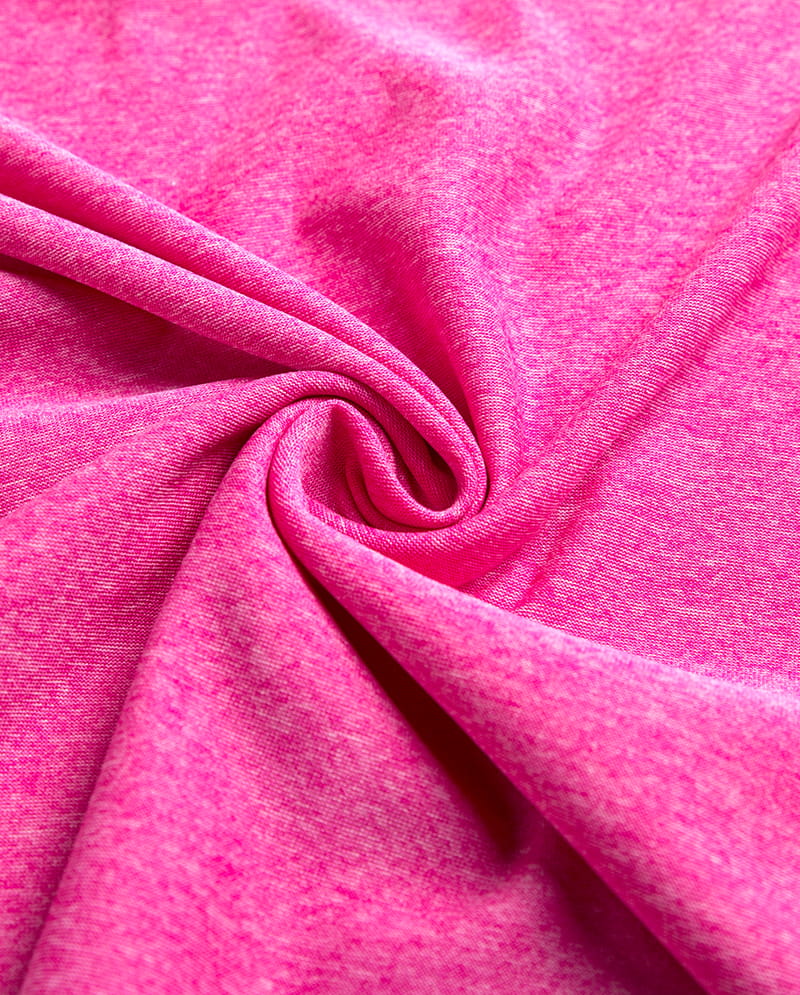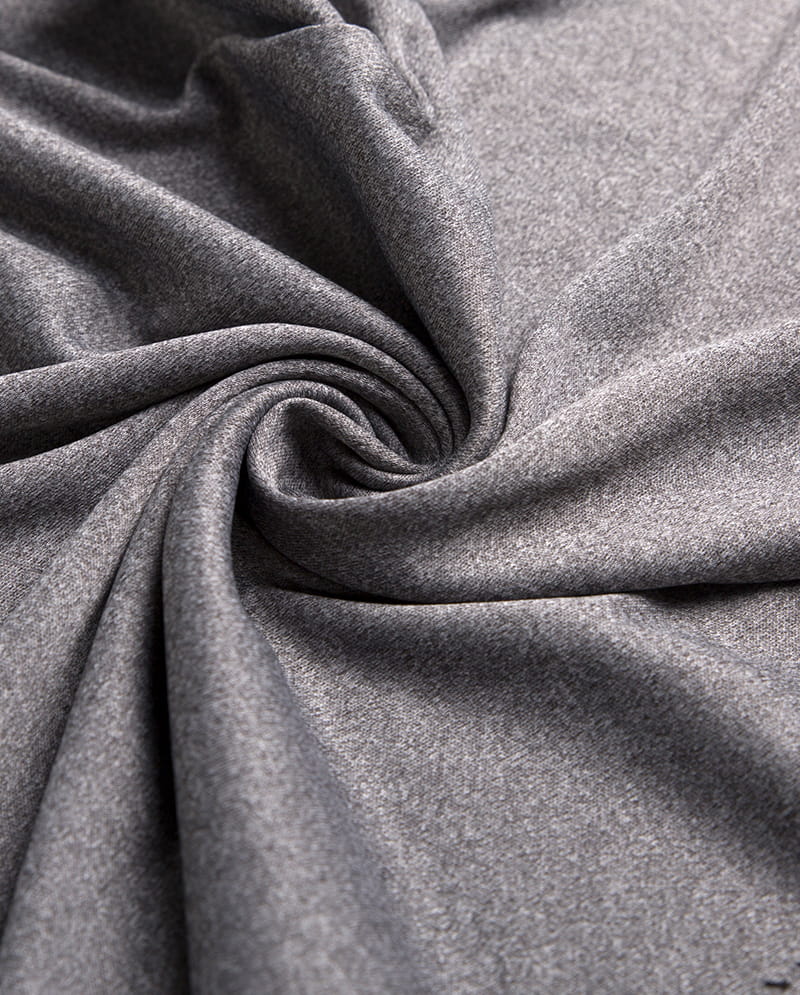Recycled Yarn for a Cleaner, Greener Wardrobe
In recent years, sustainability has become a major focus in the fashion and textile industries. Consumers are increasingly aware of the environmental impact of clothing production, from the resources used to the waste generated. One of the most promising solutions for creating a cleaner, greener wardrobe is the use of recycled yarn. By repurposing materials that would otherwise contribute to waste, recycled yarn offers a sustainable alternative without compromising quality or style.
Understanding Recycled Yarn
Recycled yarn is a textile fiber made from post-consumer or post-industrial waste. This waste can include old clothing, fabric scraps, or industrial remnants from textile production. Through a process of collection, sorting, cleaning, and spinning, these materials are transformed into new yarn suitable for knitting, weaving, and other textile applications.
Unlike traditional yarn, which is derived from virgin fibers such as cotton, wool, or synthetic materials, recycled yarn reduces the need for raw resources. By utilizing existing fibers, the production of recycled yarn consumes less water, energy, and chemicals compared to conventional yarn production. This makes it an environmentally responsible choice for individuals seeking to minimize their carbon footprint.
The Environmental Benefits of Recycled Yarn
The environmental impact of the fashion industry is significant. Textile production is one of the largest consumers of water globally and generates substantial greenhouse gas emissions. Additionally, discarded clothing contributes to mounting landfill waste, where synthetic fibers can take decades or even centuries to decompose.
Recycled yarn addresses several of these challenges. First, by reusing pre-existing materials, it reduces the demand for virgin fibers, which in turn lowers resource consumption. For example, producing one kilogram of cotton yarn typically requires several thousand liters of water, while recycled cotton yarn drastically reduces this water usage. Second, recycled yarn diverts textile waste from landfills, helping to mitigate environmental pollution. Third, many recycled yarn production processes consume less energy and generate fewer greenhouse gas emissions compared to traditional fiber production.
Types of Recycled Yarn
Recycled yarn is available in various types, depending on the source material and intended use. Some common forms include:
Recycled Cotton Yarn: Made from post-consumer cotton garments or textile scraps, recycled cotton yarn retains the softness and breathability of natural cotton while reducing environmental impact.
Recycled Polyester Yarn: Produced from post-consumer plastic bottles or synthetic fabric waste, recycled polyester yarn helps address the growing problem of plastic pollution.
Blended Recycled Yarn: Combines recycled fibers with virgin fibers to achieve specific qualities such as elasticity, durability, or texture. This approach balances sustainability with performance.
Wool and Natural Fiber Yarns: Reclaimed wool and other natural fibers are carefully processed to maintain warmth and resilience, making them suitable for outerwear and heavy fabrics.
Each type of recycled yarn can be tailored to different textile applications, ranging from casual garments and accessories to high-performance fabrics.
The Production Process
Creating recycled yarn involves several key steps, each designed to ensure quality and consistency:
Collection: Post-consumer clothing, textile scraps, and industrial waste are collected from various sources, including recycling centers and manufacturing facilities.
Sorting and Cleaning: Materials are sorted by fiber type and color, and contaminants such as buttons, zippers, and stains are removed.
Shredding and Carding: The cleaned materials are shredded into fibers, which are then carded to align them in preparation for spinning.
Spinning: The aligned fibers are spun into yarn using traditional or modern spinning techniques. This step determines the yarn’s texture, thickness, and strength.
Finishing: The yarn may undergo additional processes such as dyeing, blending, or treatment to enhance softness, durability, and colorfastness.
Throughout the production process, manufacturers aim to minimize chemical usage, water consumption, and energy input to maintain the environmental benefits of recycling.
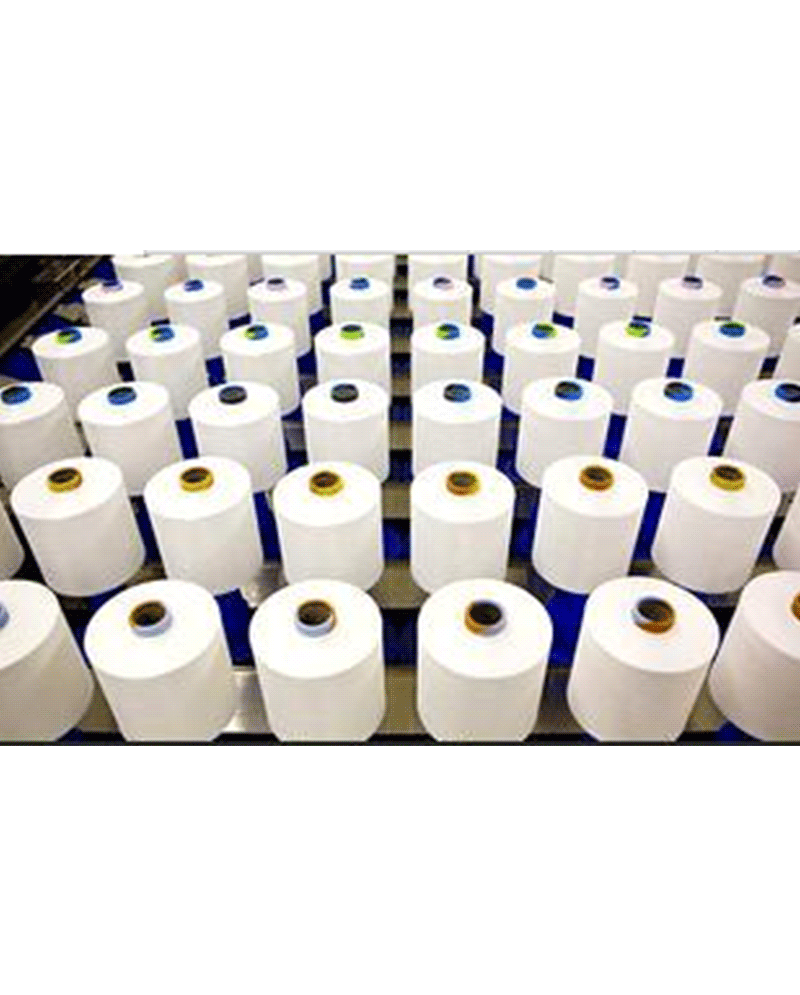
Applications in Fashion
Recycled yarn is highly versatile and can be used in a wide range of clothing and textile products:
Everyday Clothing: T-shirts, sweaters, and casual wear made from recycled yarn provide comfort and style while promoting sustainability.
Activewear: Recycled polyester and blended yarns are popular in sportswear due to their moisture-wicking properties and durability.
Accessories: Scarves, hats, and socks made from recycled yarn demonstrate that sustainable fashion can also be fashionable.
Home Textiles: Recycled yarn can be used for blankets, cushion covers, and rugs, extending sustainability beyond the wardrobe.
The adaptability of recycled yarn allows designers and consumers to embrace sustainable practices without compromising aesthetics or functionality.
Quality Considerations
One common misconception about recycled yarn is that it is inferior in quality compared to virgin fibers. While the characteristics of recycled yarn can vary depending on the source material and production method, modern processing techniques ensure that recycled yarn can match or even surpass traditional yarn in strength, softness, and durability.
Blending recycled fibers with small amounts of virgin fibers can further enhance quality. For example, a recycled cotton and virgin cotton blend maintains softness while improving resilience. Additionally, technological advances in fiber cleaning, spinning, and finishing processes allow manufacturers to produce consistent, high-quality yarn suitable for various applications.
Cost and Accessibility
Recycled yarn is becoming increasingly accessible and competitively priced. As demand grows and production processes improve, the cost of recycled yarn is approaching that of conventional yarn. Consumers and small businesses can now access a wide range of recycled yarn options through online retailers, specialty stores, and wholesale suppliers.
Moreover, the environmental savings associated with recycled yarn make it an attractive long-term investment. By choosing recycled yarn, consumers reduce the hidden costs of environmental damage, such as water depletion and greenhouse gas emissions, while supporting a circular economy.
Caring for Clothing Made from Recycled Yarn
Clothing made from recycled yarn can be cared for in the same way as conventional textiles. To prolong the life of garments:
Wash items in cold water to reduce energy consumption and prevent fiber degradation.
Use gentle detergents and avoid harsh chemicals.
Air dry when possible to minimize energy use and prevent shrinkage.
Repair minor damages instead of discarding the garment to extend its life.
Proper care ensures that clothing made from recycled yarn remains durable, comfortable, and environmentally friendly.
Supporting a Circular Wardrobe
The use of recycled yarn aligns with the principles of a circular wardrobe. A circular wardrobe emphasizes longevity, reuse, and responsible disposal, rather than a linear approach of buy, use, and discard. By incorporating recycled yarn into clothing and textiles, consumers can contribute to a more sustainable fashion ecosystem.
A circular wardrobe also encourages mindful consumption, prompting individuals to consider the environmental impact of their purchases. Choosing garments made from recycled yarn is a tangible step toward reducing textile waste, conserving resources, and promoting sustainable production practices.
Challenges and Opportunities
While recycled yarn offers numerous benefits, challenges remain in terms of scalability, quality control, and supply chain transparency. Consistent availability of post-consumer waste, variations in fiber quality, and differences in production standards can affect the final product.
However, ongoing research and innovation continue to address these challenges. Improved recycling technologies, standardized quality measures, and collaborative efforts across the fashion industry are expanding the potential of recycled yarn. These developments present opportunities for brands, designers, and consumers to embrace sustainability without compromising style or performance.
Conclusion
Recycled yarn represents a practical, effective solution for creating a cleaner, greener wardrobe. By repurposing existing fibers, it reduces environmental impact, conserves resources, and diverts textile waste from landfills. The versatility of recycled yarn allows for its application in everyday clothing, activewear, accessories, and home textiles, while modern production techniques ensure high quality and durability.
Choosing garments made from recycled yarn is a meaningful step toward sustainability. It supports a circular fashion system, promotes mindful consumption, and contributes to a healthier planet. As the fashion industry continues to evolve, recycled yarn offers a tangible way for individuals to participate in creating a cleaner, greener wardrobe that balances style, quality, and environmental responsibility.

 English
English 中文简体
中文简体